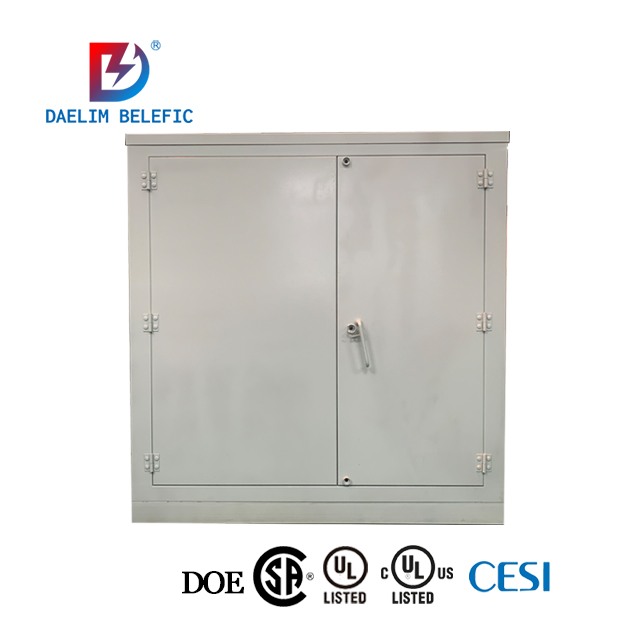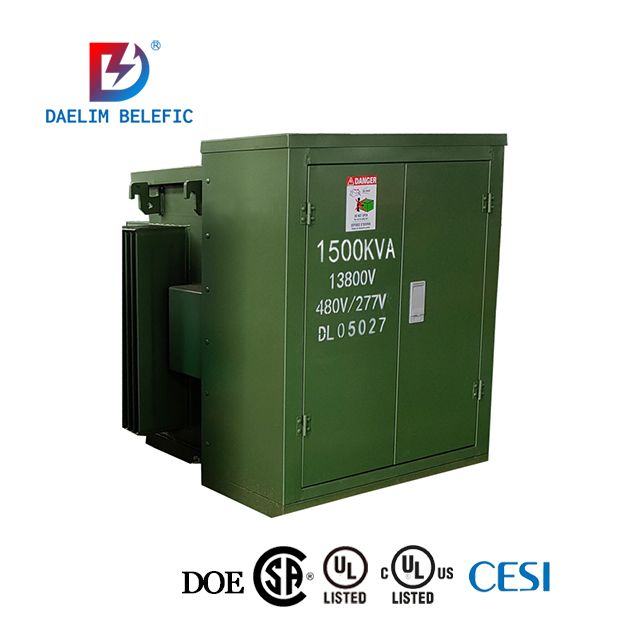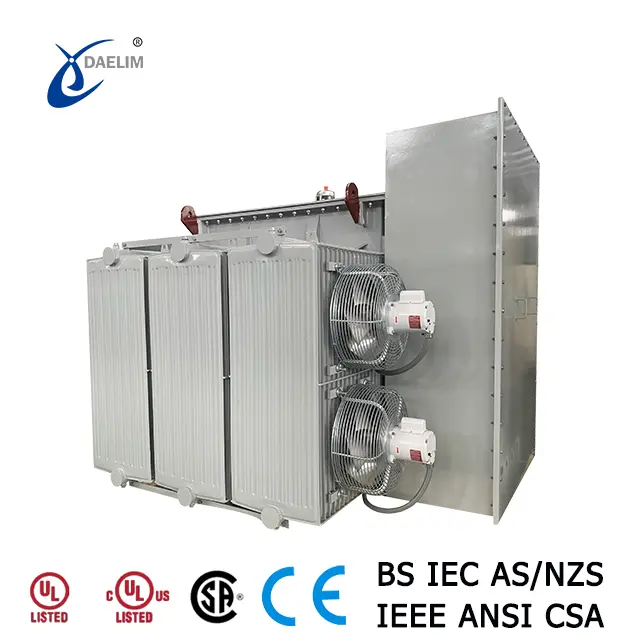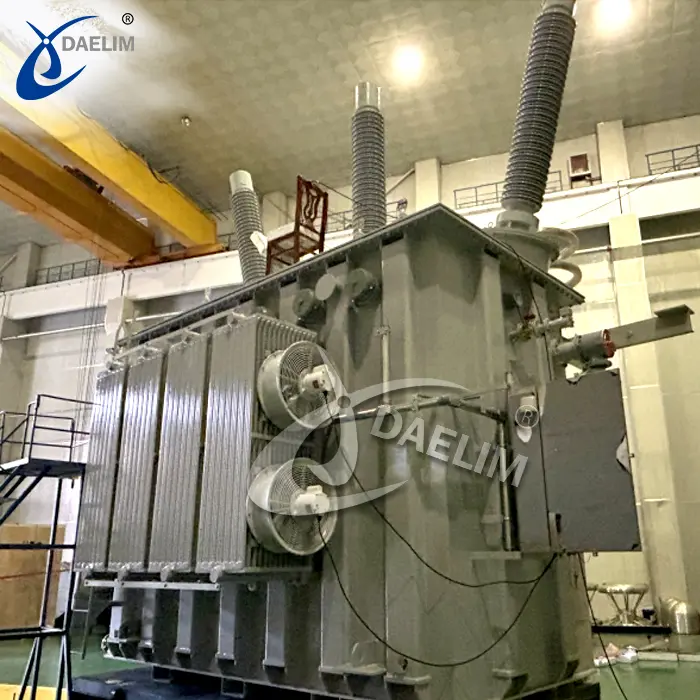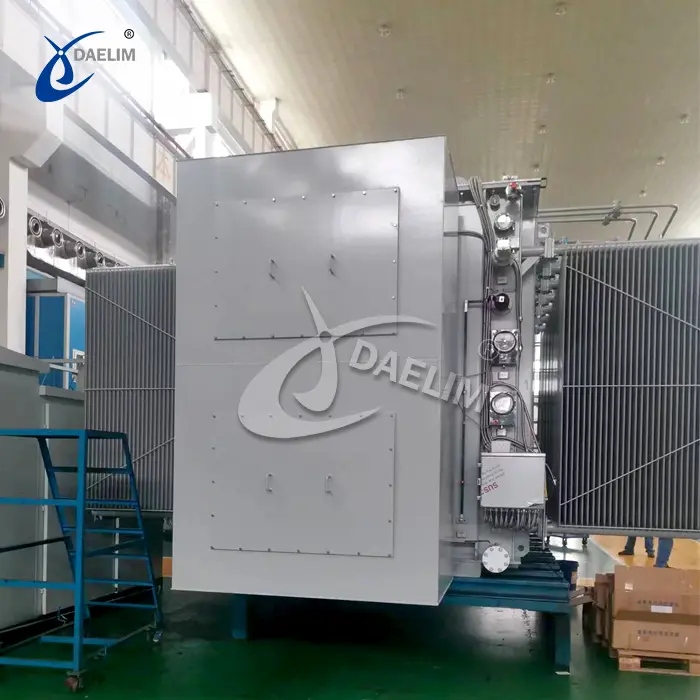Transformer Arrival Acceptance Procedures
When a transformer arrives on-site, it is essential to follow a detailed and systematic acceptance procedure to ensure that the equipment meets all specified requirements and has not been compromised during transportation. Below are the outlined steps for the transformer arrival acceptance process:
Verification of Documentation and Design
Product Nameplate and Certificate of Conformity
-
Verify the product nameplate and certificate of conformity against the design drawings and order contracts to ensure consistency.
Technical Documents
-
Check the completeness of technical documents according to the "factory technical documents list" provided with the transformer.
Inspection of Parts and Components
Inspection of Disassembled Parts
-
Full-time quality inspectors, material clerks, and construction teams should inspect all disassembled parts, components, and spare parts based on the "disassembly list" along with the manufacturer’s technical personnel and supervision engineers.
-
Ensure that the oil tank and all accessories are free of rust, mechanical damage, and that the packaging and sealing are intact.
Oil-Filled Bushings and Porcelain Bottles
-
Verify that the oil level in oil-filled bushings is normal, with no oil leakage, and that porcelain bottles are undamaged.
-
Document the results of the unpacking inspection, which must be signed by the quality inspector, material clerk, and construction team.
Oil Tank Sealing
-
Ensure the connecting bolts of the oil tank cover or bell flange and sealing plate are complete, properly tightened, and leak-free.
-
Verify that accessories transported immersed in oil do not have oil leaks.
Inspection of Gas and Pressure
Nitrogen or Dry Air Pressure
-
For transformers transported with nitrogen or dry air, check the pressure gauge to ensure the pressure is between 0.01-0.03 MPa, recording daily inspections.
-
For 750kV gas-transported transformers, maintain gas storage pressure at 0.02-0.03 MPa, with a dew point lower than -40°C.
Impact Recorder
-
Ensure an impact recorder is installed during transportation and check the recorded impact values against the manufacturer's and contract specifications:
-
Tilt angle should not exceed 15°.
-
Longitudinal impact should not exceed 3g.
-
Lateral impact should not exceed 2g.
-
Vertical impact should not exceed 3g.
-
Insulating Oil Acceptance
Oil Quality Documentation
-
Verify the oil quality test report, quality assurance book, and delivery note provided by the manufacturer against the order contract.
-
Each batch of insulating oil arriving on-site should have a manufacturer's test qualification report.
Post-Transportation Inspection
Internal Pressure and Residual Oil Testing
-
Check that the internal pressure of the transformer body is not less than 4.9 kPa at room temperature.
-
Take samples of the residual oil inside the body and test for a withstand voltage of ≥45 kV and trace water ≤20 ppm.
Further Evaluation if Discrepancies Found
-
Measure the insulation resistance (R60) between each winding and the winding to the ground, which should be ≥85% of the factory value.
-
Check the absorption ratio (R60/R15), which should also be ≥85% of the factory value.
-
Assess the dielectric loss factor (tgδ), which should be ≤120% of the factory value at the same temperature.
Action for Non-Compliance
-
If any parameters do not meet the requirements, it indicates that the transformer has been dampened. In such cases, the transformer must undergo a drying process again to restore its optimal operational condition.
Conclusion
Following these detailed acceptance procedures ensures that transformers are thoroughly checked and verified upon arrival. This comprehensive approach helps prevent potential issues, maintains high operational standards, and ensures the long-term reliability of the transformer. For any further queries or detailed inspections, please contact us.

